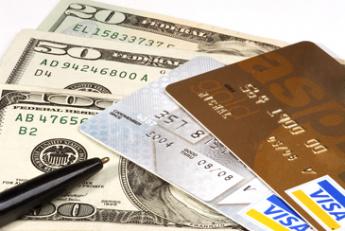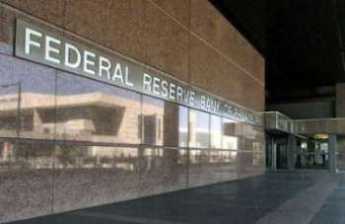Related Topics
Whither, Federal Reserve? (1) Before Our Crash
The Federal Reserve seems to be a big black box, containing magic. In fact, its high-wire acrobatics must not be allowed to fail. Nevertheless, it may be time to consider revising or replacing it.
Making Money (7): Fractional Reserve Banking

|
| Money and Credit |
Academic economists make a useful distinction between "money" and "credit" when they point out that real money is always and everywhere created by governments and governments alone. To sustain this argument, it can be argued that banks only appear to double the money in circulation when they issued "credit" to the borrower, but simultaneously allow the depositors to retain the right to withdraw the same amount of "money". It's a little artificial, but it helps to clarify the next idea, which is fractional reserve banking.

|
| Federal Reserve Bank of Philadelphia |
Self-reserved banking, to coin an otherwise unnecessary phrase, would be to insist that a bank limit its total loans to the amount of money in its vaults, which is what private individuals do when they loan to friends. Since the volume of bank withdrawals is ordinarily quite stable and amounts to only a small fraction of reserves, self reserving would unnecessarily limit the bank's ability to lend, thus constraining the economy in general. Only in the event of a bank panic, or "run" on the bank, would the bulk of the reserves be useful, and this rare risk can be covered by creating reserve banks who guarantee to come to the rescue. Since the federal government alone can create "real" money out of thin air, a federal reserve bank is a logical arrangement to establish. Its existence makes possible the concept of fractional reserves at the local level, which any reserve bank can then control by declaring what numerator it will tolerate before it prefers to infuse money into the denominator of the equation.
And from all this comes the "multiplier effect", where a bank can loan several times as much money as it has in reserves, so long as the federal reserve permits it. When those loans get deposited in other banks, they serve as reserves for a second (or third, or fourth) bank, and the multiplier effect can get quite dizzying. In our system, the Federal Reserve can thus control the inflation or deflation in the general economy by adjusting reserve requirements of the banks it governs. It does so by increasing or decreasing the "money in circulation", which is not really money, but credit, which feels exactly the same to those who can get it.
We're playing with words a little, but that's the general idea.
Originally published: Friday, December 07, 2007; most-recently modified: Thursday, May 23, 2019